Teide National Park and what you can't miss
The Teide National Park on the wonderful island of Tenerife, is one of the main iconic attractions of the place. In this article we want to surprise you with all the information to enjoy an unforgettable walk to this natural space.
Teide National Park
If we talk about natural wonders, the Canary Islands can star in more than one scenario full of spectacular geographical panoramas and the Teide National Park is undoubtedly one of the main figures of the geomorphological nature of the entire archipelago and the world.
The Teide National Park is a natural space, located on the island of Tenerife, Canary Islands. It is considered by UNESCO as a World Heritage Site officially since 2007.
This title is not in vain, because the Teide represents a large extension of natural spaces of more than 15 thousand hectares and more than 3 thousand meters, being the volcano the Teide its main protagonist and the center of attraction of the visitors of the island. Ideal for guided hiking tours and even camping.
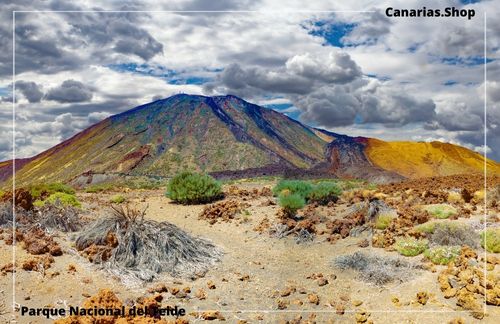
This volcano has a total height of 3718 meters and next to the old peak of 3135 meters, are the highest mountains of the Canary Islands.
But, in addition to its impressive height and presence, the Teide National Park is also a place of great importance for the Canarian culture, since the Guanches, who called the majestic volcano "Echeide", considered it a sacred place.
This respect for the place has meant that over time, the government of Spain has worked to maintain and make improvements to expand the beauty of this place, which make it what it is today, an incredible attraction to enjoy hiking, either alone or accompanied by our family and friends.
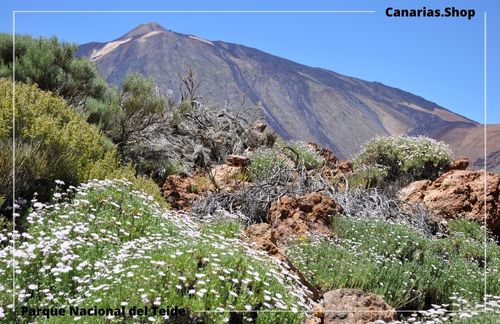
How to get to the Teide National Park
There are several means of transport within the island that provide services with exclusively tourist routes, in which the Teide National Park is one of the points that can not be missed.
On the other hand there are also several options on the island of Tenerife that you can use to get to the Teide National Park, either in your private car or using a private or public transport.
If you want to use public transport, the most economical and comfortable option is to use a bus that takes you to the entrance of the Park and even, some can enter to a certain extent. The most used are in Puerto de la Cruz, line 348 and in costa Adeje, line 342.

If you go by private transport such as a private taxi or your own car, you can use several routes. If you are coming from the north, the best option is to go on the TF-21 La Orotava-Granadilla road or take the TF-24 La Laguna-El Portillo road. It is said that from here the view of the park is spectacular.
If you are in the south of the island, we recommend that you take the direct route that goes along the TF-21 road, this is one of the easiest routes to get there. And if you come from the west, the route that takes you to the park is the one that goes through the TF-38 Boca Tauce-Chío road.
What we can see from the Teide National Park
If we talk about what to see in the Teide National Park, we must emphasize that there are countless natural wonders that we can find on a tour of this spectacular place. From the unique surface of its relief to the flora and fauna of the park give us a magical trip.
If you decide to tour the park by car you can make a spectacular tour that will allow you to climb to the top of the volcano, there you can appreciate the Caldera that is formed in the Cañadas del Teide and that make up more than 17 km of route.
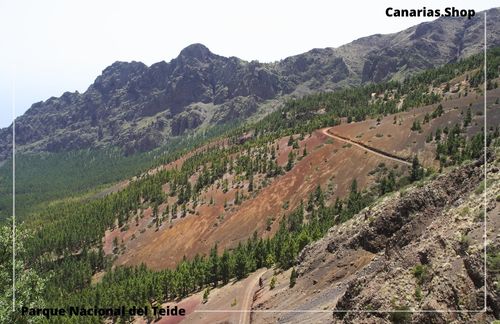
You can also appreciate the fauna, full of endemic species of the island, such as the blue finch, a beautiful bird that inhabits the entire extension of the park. You will also come across reptiles such as the mullet, the blight lizard and the perenquén.
In these arid lands most of the time you can observe a large number of insects and species also native to the island.
Another thing you can see on Mount Teide is the beautiful flora characteristic of the place, a wonder, since many of the species appear at specific times and you can see them only in the Teide area. An example of this is the red tajinaste, a plant that can measure more than 3 meters in height and that presents a large number of red flowers of a very intense color and that grows on the top of Mount Teide.
There are also endemic species of the place such as the Teide violet, which grows at the level of 2,500 meters of altitude.
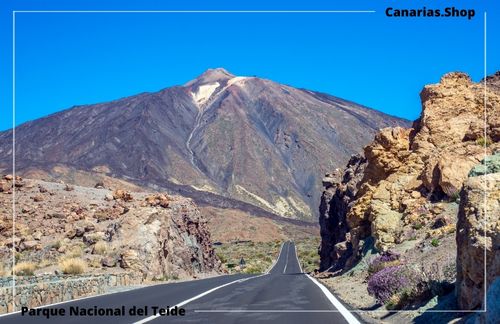
Routes in the Teide National Park
There are two types of routes in the Teide National Park through which you can know either the entire space of the park or only some parts of it:
Guided tours
They have been prepared by the administration of the Park, are free and can last from 30 minutes to 2 hours. To make it you must make a request by email (teide.maot@gobiernodecanarias.org), telephone (922 92 23 71) or at the Visitor Centers of the National Park. These include:
- Roque del Peral
- The Fortress
- Black Sands
- Green Cliff
- Visitor Center Garden
- Roques de Garcia
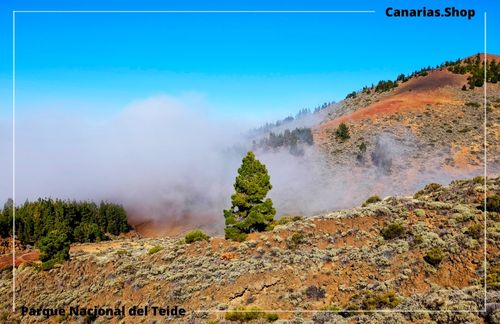
Self-guided routes
The park authorities have also enabled routes with signage so that visitors themselves can tour the park without the help of a park ranger. You can choose from any of these:
- Majúa Mountain, Parador Nacional
- Parador Nacional Visitor Center (Siete Cañadas, 4 to 5 hours 16 Km)
- Visitor Center Garden
- Trail to Pico del Teide
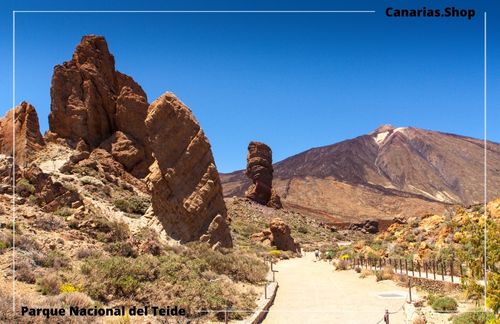
What can and cannot be carried?
Given the great importance that this park has for the beautiful island of Tenerife, it is important that if you are going to visit you take into account some tips that will help you take care of this world heritage site and also your integrity as a visitor. Here is a list of what you can and can't take to Teide National Park.
What to bring:
- Your protection is important, so we recommend avoiding sunstroke by wearing sunglasses, caps or hat to protect your head and sunscreen.
- The temperatures in the mountain climate of Teide can be extreme and change quickly, so, even if it is a hot season, it is important to wear clothes to warm up and footwear suitable for the mountains, especially if your tour is aimed at the highest areas or you are going to camp.
- Carrying a basic first aid kit with you is important, in cases where you will hike or intense or difficult routes, it can be of great help.
- Hydration is another basic point, so we recommend you bring enough water (taking into account not to contaminate the park with disposable containers)
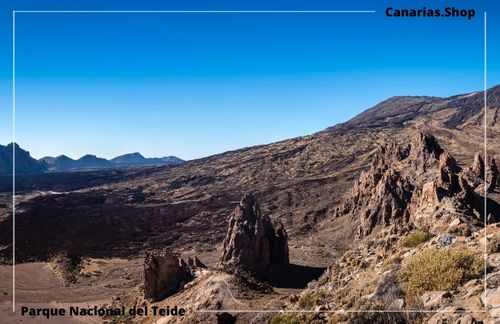
What not to bring:
· To preserve the integrity of the nature flora and fauna of the park, avoid carrying and spilling chemical substances that may threaten the environment.
- Do not carry weapons in case you are not going to hunt and if so, ask for the necessary permits for it.
- Do not carry any substance or item that could cause fire.
- Do not dump garbage or debris in the Park.
- Do not carry high-volume radios or players.
- Do not install camping elements without obtaining the prior permission of the corresponding authorities to do so.
All named actions can be possible causes of infringement.
